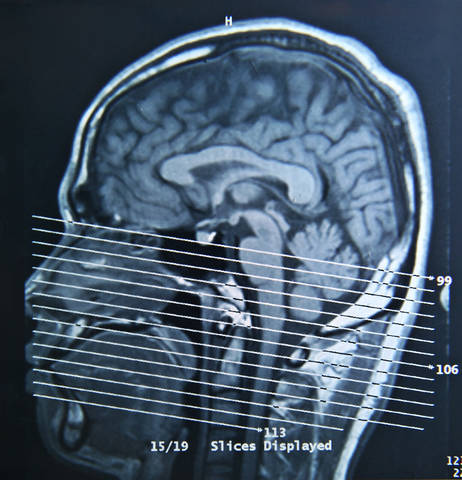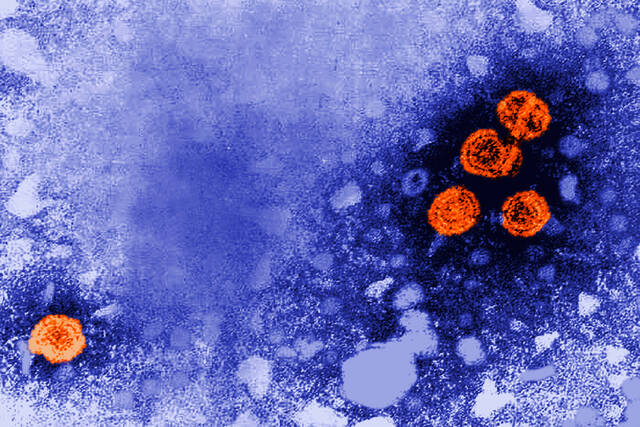Football players can still experience brain damage from repeated hits to the head even if they don’t result in a concussion, according to a study released Wednesday involving researchers from Carnegie Mellon.
The news comes as teams across the country prepare to begin their football seasons this month.
The study, conducted by Carnegie Mellon University and University of Rochester Medical Center, studied for three years the effects of repeated hits to the head during games and practices on 38 football players at the University of Rochester.
Only two of the players suffered concussions, but the study found a significant decrease in white matter in the midbrain of two-thirds of the players between the beginning and end of the season.
The more white-matter damage the player had was directly related to the number of hits the player sustained, said Brad Mahon, associate professor of psychology at CMU and one of the project researchers.
Mahon said that much of the research up until now has been done on the big hits and concussions, but more and more research has shown that all of the little hits can add up to damage as well.
Mahon said while they aren’t the first researchers to discover this link, they hope they can get the information out to more people, including players and parents of players.
“I think that we already have seen enough to know the routine hits that players can expect to have in the course of playing football, even if they never suffer a concussion, have a high likelihood of having long-term changes to their brain,” he said.
What the long-term effects of that damage may be could vary and more research is needed to know exactly, Mahon said.
Researchers were able to measure the hits each player sustained through helmets with embedded sensors that measured the force and the direction of the impact. Players also had MRI brain scans at the beginning and end of each season.
According to the study, the midbrain is responsible for movement of the eyes, hearing, memory, consciousness and nervous system function.
“White matter is absolutely critical to every aspect of brain functions,” Mahon said.
The midbrain also is the site of damage in patients with chronic traumatic encephalopathy (CTE), a neurodegenerative disease associated with exposure to repetitive head impacts.
CTE was discovered after Dr. Bennet Omalu, a former Allegheny County deputy coroner, performed an autopsy on former Pittsburgh Steelers center Mike Webster in 2002. It has since been found in the brains of dozens of former players.
Mahon said that while it could happen, not all people with white-matter damage will end up with CTE or other long-term effects.
To learn more about the study, visit www.openbrainproject.org.
Officials with the University of Rochester’s athletic department declined to comment on the study.








